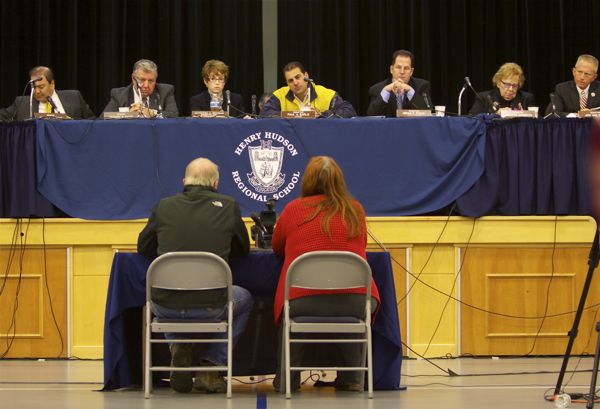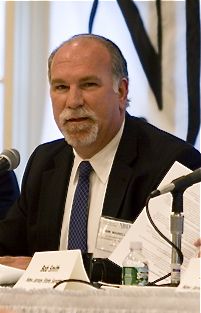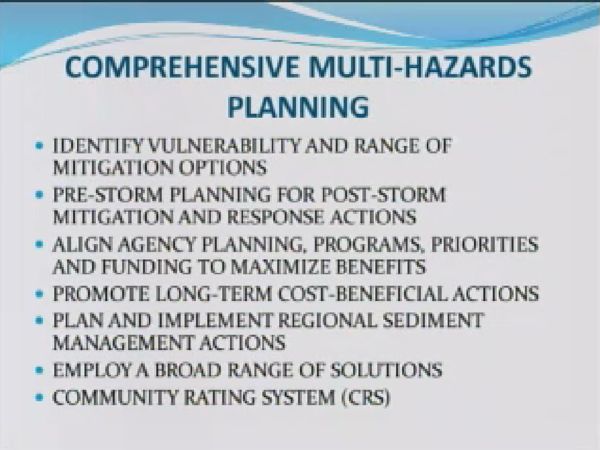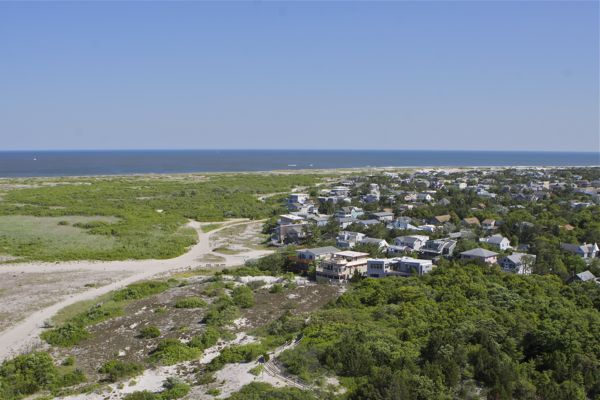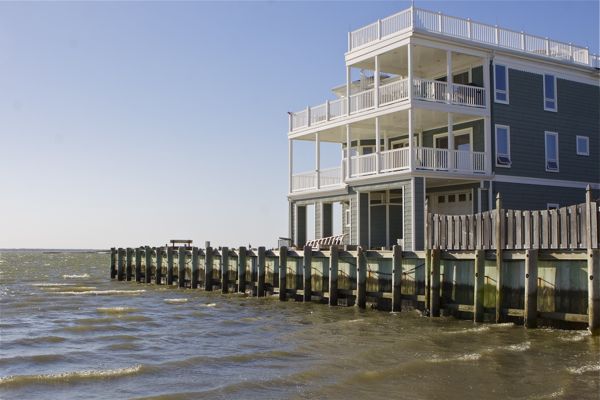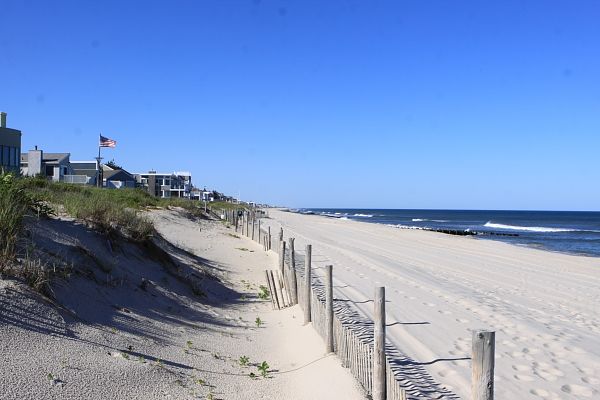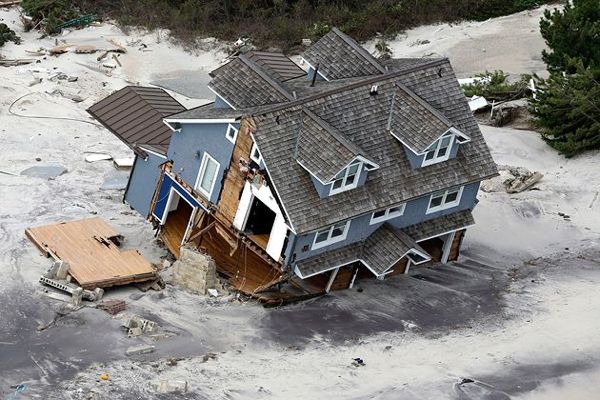Chairman Sarlo – In the Windbreaker, not the Fleece – Feels Your Pain Too!
Senate Again Manipulates Raw Post Sandy Emotion to Obfuscate Issues
[Update 12/21/12 – Arthur Silber says much more clearly and powerfully exactly what I was driving at in this post:
The fundamentally unjustified and highly selective focus — on feel-good stories on one hand, and on only narrowly delimited evils on the other — always seeks to achieve a whitewash of this kind: it attempts to obliterate the reality of the obviously related, but unacknowledged greater evils in the broader system. In this sense, all such efforts are cover-ups, they are intellectually dishonest, and they are always lies.
[Update 12/12/12 – Mainstream news coverage takes the diversionary bait; Asbury Park Press and Star Ledger
Yes, the special interests and politicians are playing the news cycle like a fiddle – textbook news management. The US Army Corps and beach replenishment people did that early, and crafted a false narrative about the alleged efficacy of beach replenishment.
Now, it is pretty clear that the media pack is now in the emotional trauma and nostalgic phase of the story – back on November 28, the NY Times began that phase with the story about affordability and gentrification in rebuild (see: Post- Storm Cost May Force Many From Cost Life, so it’s no surprise that today we see this on bungalos and this on crisis counselors for examples of that.
So, when do we get to the public policy and planning phase? Or do we just skip all that?
For example, there is virtually a news blackout of the Obama Executive Order establishing a Task Force. A Google news search showed only 150 hits and not one of those stories lead with the Executive Order – all mentioned it tangentially in stories focused on the $60 billion appropriation request. Another major media failure. –end update]
I’ll write about tonight’s Senate hearing tomorrow, but this is the news headline and photo I think the Chairman was trolling for.
He even made an overt mention of the windbreaker – but hey! No way that can compete with Governor Christie’s fleece!
Never mind talk about laws and regulations, you know, political stuff, which is the legal reality and how the rest of the country views the NJ circus – we’d rather prey on people’s emotions and mislead people.
But, despite all sorts of denial and what the Chairman wants to hear in Monmouth County, here’s what the rest of the country is reading (see: Jersey Shore Development Failure Exposed by Hurricane Sandy)”
New Jersey’s coastal land-use regulations are conspicuously lenient compared to other states, an investigation by The Huffington Post has found — so lenient that authorities permitted the Cabana Club to adopt its precarious location between the seawall and the beach. Based on current state law — the fruit of a political compromise crafted nearly two decades ago — the club can fully rebuild here, in exactly the same spot. In New Jersey, owners of coastal developments possess unique rights to rebuild in the wake of storms. Whatever nature removes, and at whatever cost to taxpayers, property owners are free to put it all back.[…]
The department’s current commissioner, Bob Martin — an advisor to Christie’s 2009 campaign, and previously an energy and utility consultant at Accenture — has urged the agency to adopt a “customer service focus“ while serving as “a driver for economic growth.” He has marginalized the authority of scientists and coastal policy experts, critics say, primarily by transferring them to other offices.
“[Christie has] done the exact opposite of what’s needed to be done,” said Bill Wolfe, a former Department of Environmental Protection planner and policy analyst who now leads the watchdog group New Jersey Public Employees for Environmental Responsibility. “He has been affirmatively promoting regulatory relief and taking away any development, land use planning and infrastructure expertise at the department.”
Oh well – but just how far will that windbreaker and fleece go?
